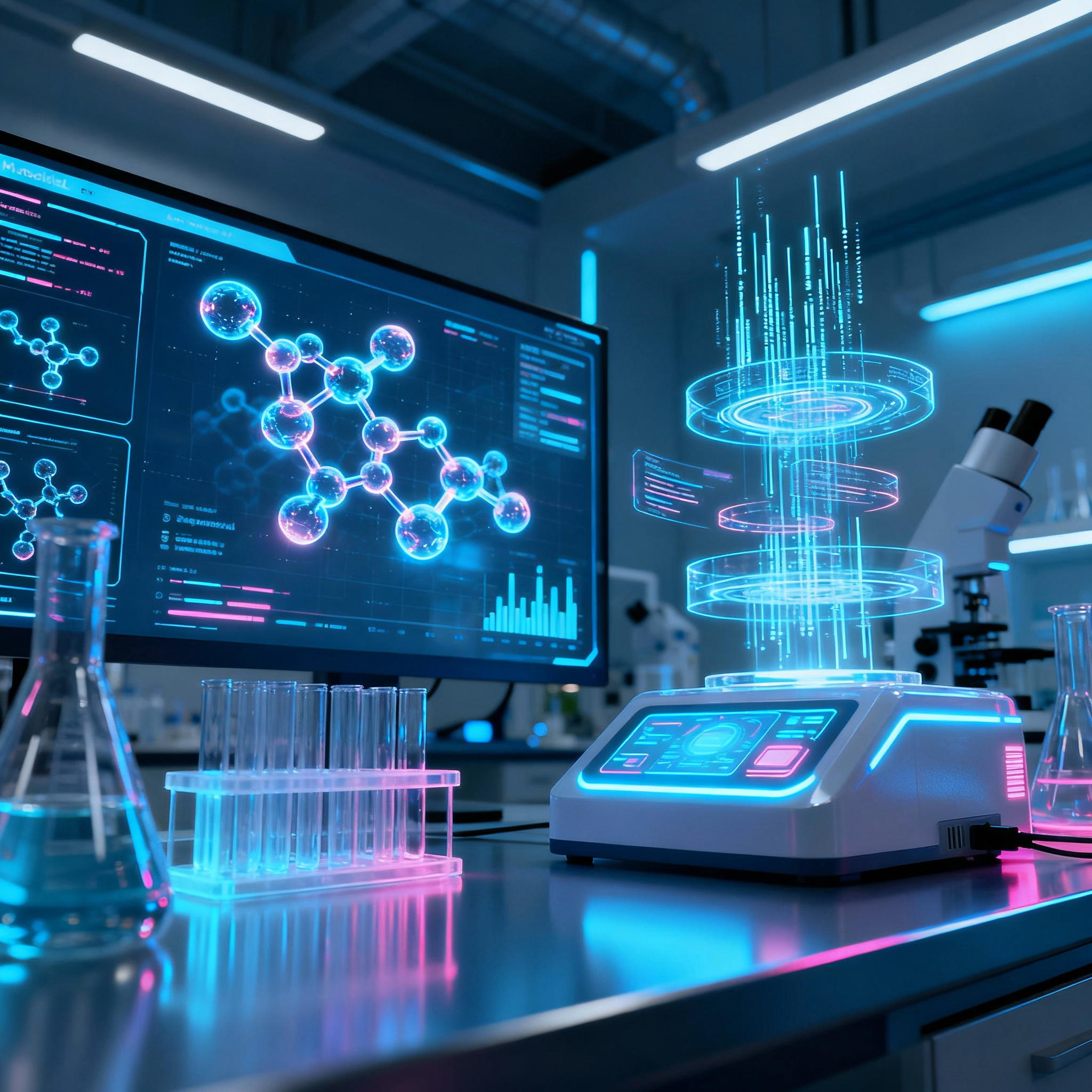The Future of Therapeutic Peptides: Precision, Purity, and Performance
The world of therapeutic peptides in 2025 is experiencing an unprecedented wave of innovation. From AI-assisted synthesis to bioavailability optimization, these bioactive molecules are redefining the future of drug development and high-end research (PMC12154100; Nature 2025).
Breaking Boundaries in Peptide Design
Today’s peptides are no longer limited by instability or degradation issues. Artificial intelligence and phage display technologies enable next-level molecular modeling, yielding ultra-stable, highly specific therapeutic candidates with predictable biological activity (PMC12154100).
Advanced AI tools can even predict proteolytic cleavage points during design—reducing in vivo instability and increasing therapeutic half-life significantly.
Bioavailability Innovations
Novel carrier systems—such as macrocyclic and hybrid peptide scaffolds—offer dramatic leaps in oral and transdermal delivery. Nature (2025) reports that hydrophobic peptide coatings can enhance systemic absorption by up to 200%.
Why It Matters for Research Peptide Companies
For companies like Amino Architects, purity and precision drive innovation. Automated synthesis pipelines combined with AI analytics allow for reproducibility, consistency, and batch integrity— key factors in research-grade peptide excellence.

